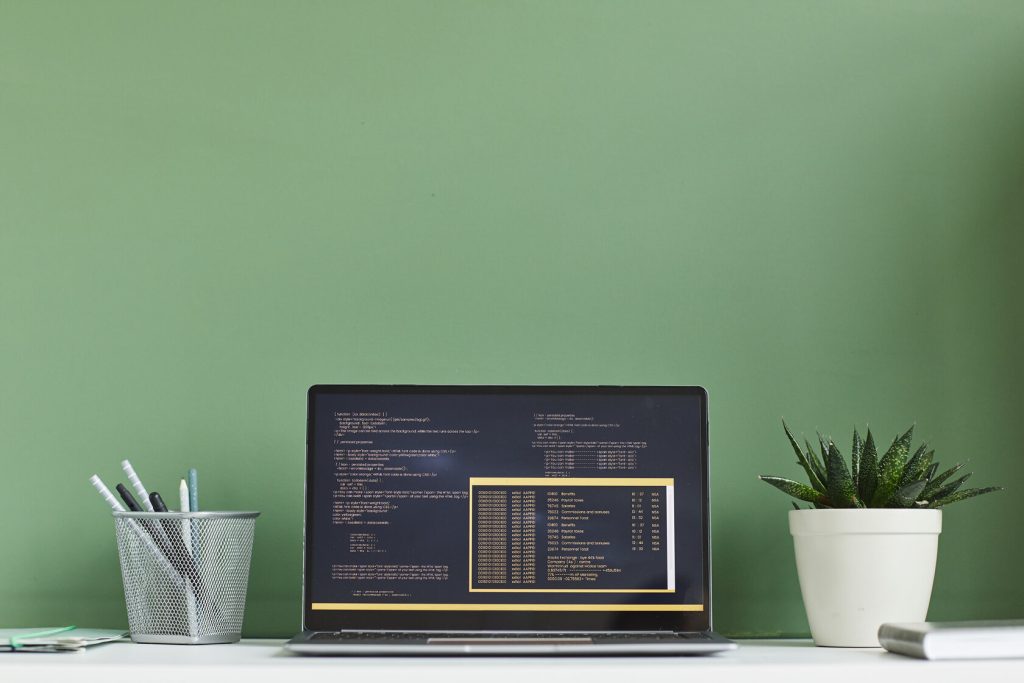No products in the cart.
05 Nov 2023
- BY admin
- POSTED IN Blog
- WITH 0 COMMENTS
- PERMALINK
- STANDARD POST TYPE

Equipment calibration:
In any industry that uses equipment or machinery, for example, the manufacturing industry uses machines to produce goods; the medical industry uses scanning devices, ECG, etc.; the IT sector uses servers, coolers, etc., periodic calibration and re-calibration are required to reduce equipment downtime and to evaluate if the tools continue to contribute to the quality output.
If the equipment doesn’t produce results according to the industry standard values, then it will compromise the quality of the products. A frequent check on its precision will help to keep the condition under control and will help to prevent it from becoming unusable.
The purpose of Calibration software:
With the traditional method of maintaining documents to record equipment inventory, sending paper notices to concerned departments for equipment calibration, and logging the results in ledgers, there is a chance for mistakes to happen due to manual data entry of readings or even missing documents. The calibration management software has been widely in use in the past few years which helps to overcome the issues faced with the paper-based calibration method.
Benefits of calibration software:
-
- Automation of calibration process – The paperless software helps with the automation of calibration procedures from planning, scheduling, assigning calibration procedures to technicians and engineers, tracking the results and logging the findings.
- Equipment recalls – When any deviations are found, then equipment recall will take place to correct the errors or the equipment will be removed from the process to reduce costs due to non-desirable outputs.
- Compliance with standards – Any tools used in an organization should follow industry norms and benchmarks. The Calibration management software is designed to incorporate these standards. So, all the equipment inspections and testing are compared to them. This makes sure that the products are always compliant.
- Increased performance and productivity – When machinery is completely in perfect condition, then its performance will be up to the mark, its life span will be enhanced. Hence, productivity will increase. The product quality will be great and customer satisfaction is achieved.
- Reduced equipment downtime – When equipment is periodically checked if it produces precise results, it will prevent them from permanent damage or prolonged downtime.
- Reduced costs – When equipment is not inspected properly at the right time, then minor errors can add up to produce a bigger issue in the future, thus resulting in problematic goods or solutions. Because of this, remanufacturing of goods in case of production or reengineering in case of construction or redesign and reimplementation of software products occur. This will create unforeseen expenditures and will cause a huge loss to the organization. Calibration management software ensures that equipment malfunctioning is prevented at the earlier stage by regular calibration scheduling, thus preventing unwanted future costs and leading to cost benefits.
HGINT’s Calibration Recall Software:
The best low-cost calibration management software you could find in the industry is the Calibration Recall software version 4 (CR4) developed by Harrington Group International (Harrington Software Calibration Software). It is a desktop solution that can be accessed by assigned calibration engineers and employees.
In CR4, you can maintain an online inventory database of all the equipment, machinery or tools in your company, set their expected values, and update their current performance score. This inventory can be accessed from anywhere and updated whenever a change is required.
With Calibration management software, you can easily schedule calibration events. It runs in your taskbar to provide prompt alerts on the upcoming schedules and deviations found on any equipment.
When an error is found in a device, an equipment recall notice can be generated from the software. This recall notice consists of a receipt (the first page of the notice), error information, and corrective actions. This collective recall information is attached to the equipment from the time it is taken from the organization to the calibration lab till returning to working condition.
Calibration history is maintained with details such as equipment calibration history, whether it passed the audit, etc. Based on this historical data, the performance trends can be analyzed, and the organization can forecast the lifetime of the equipment. Reports can be generated from this, which clearly explains past errors, productivity, and whether it is advisable to continue using the device or to remove it from the organization to avoid unwanted costs.

